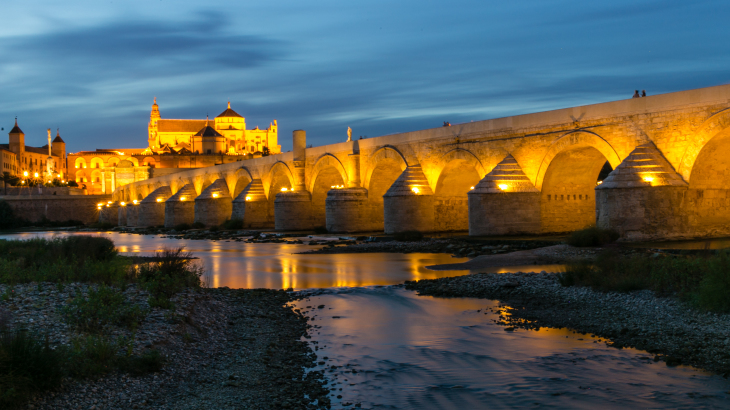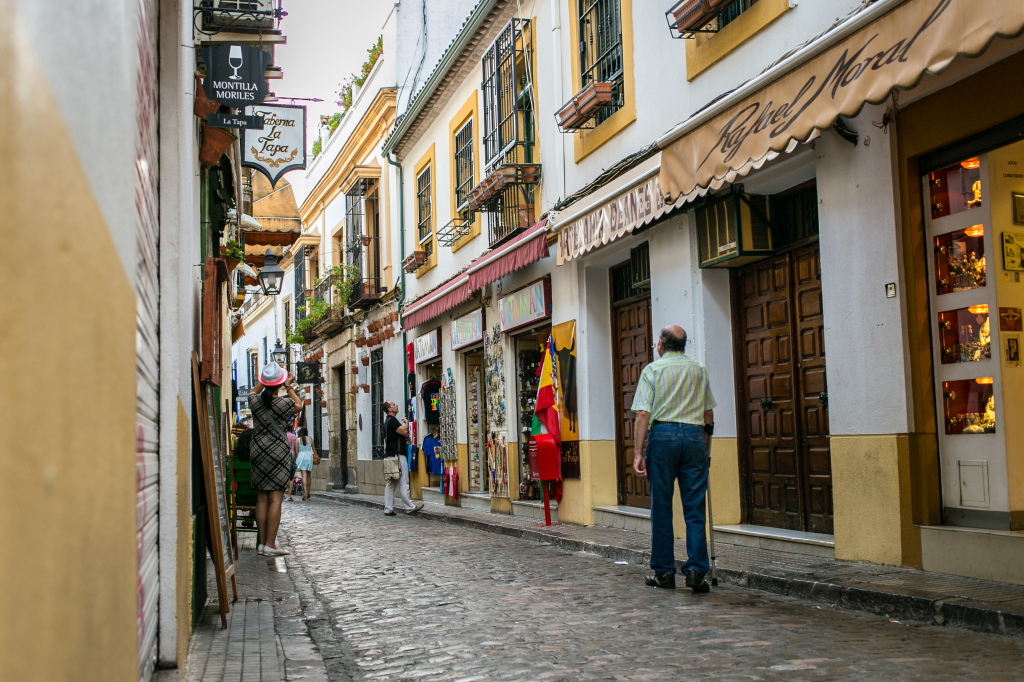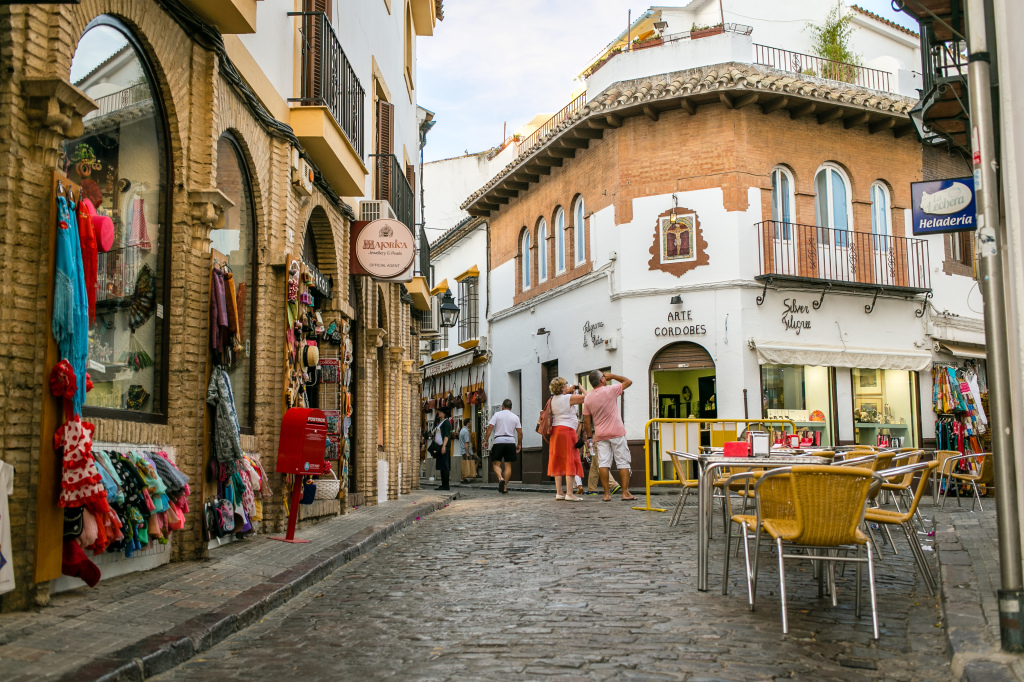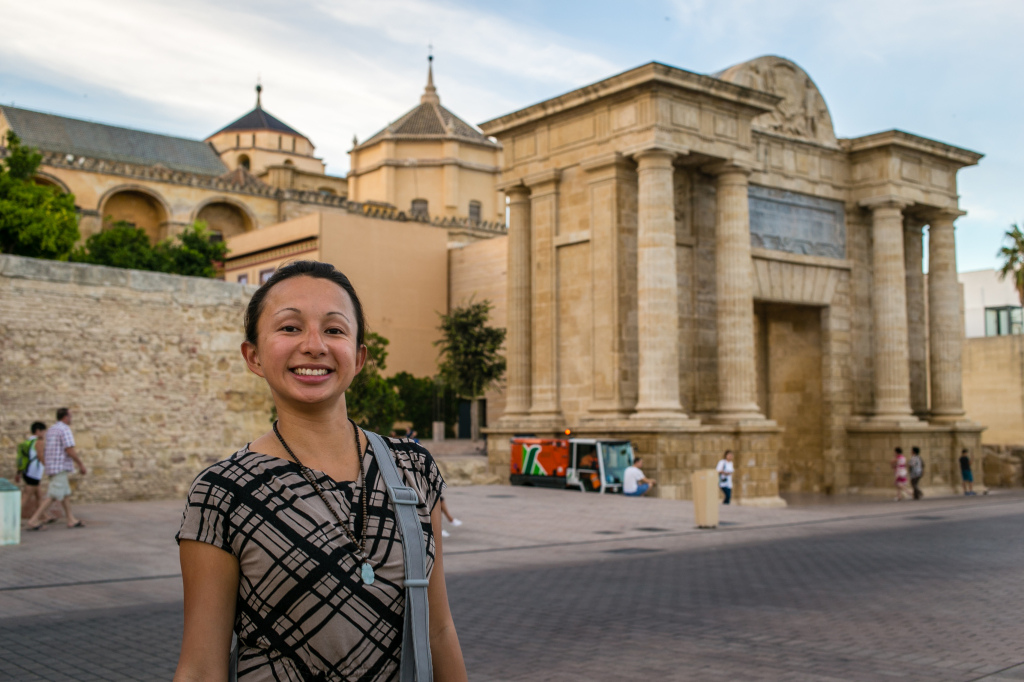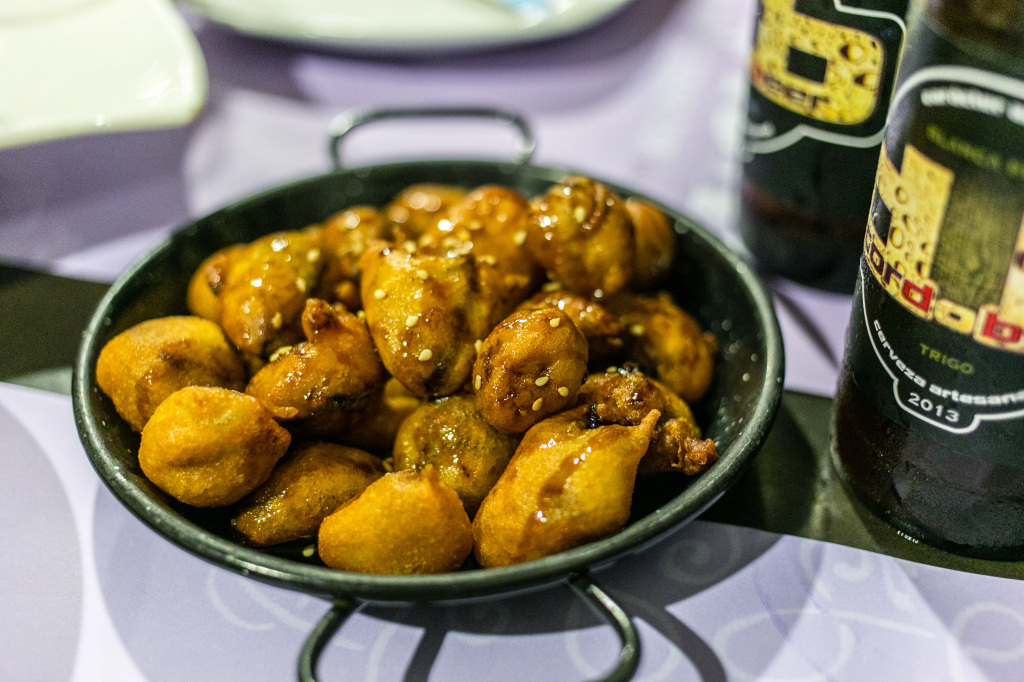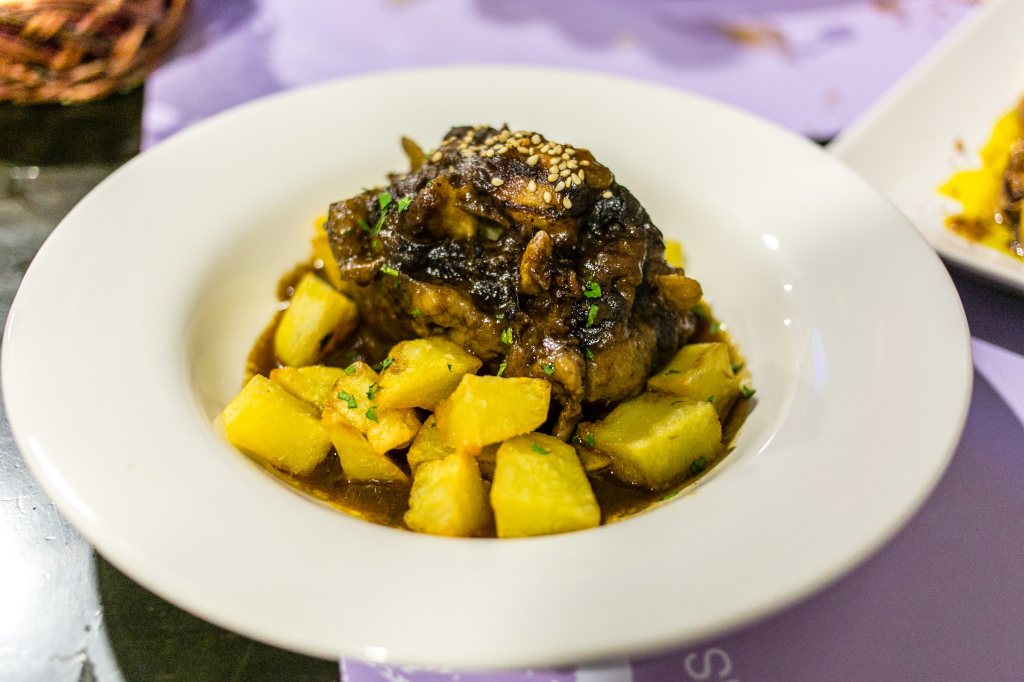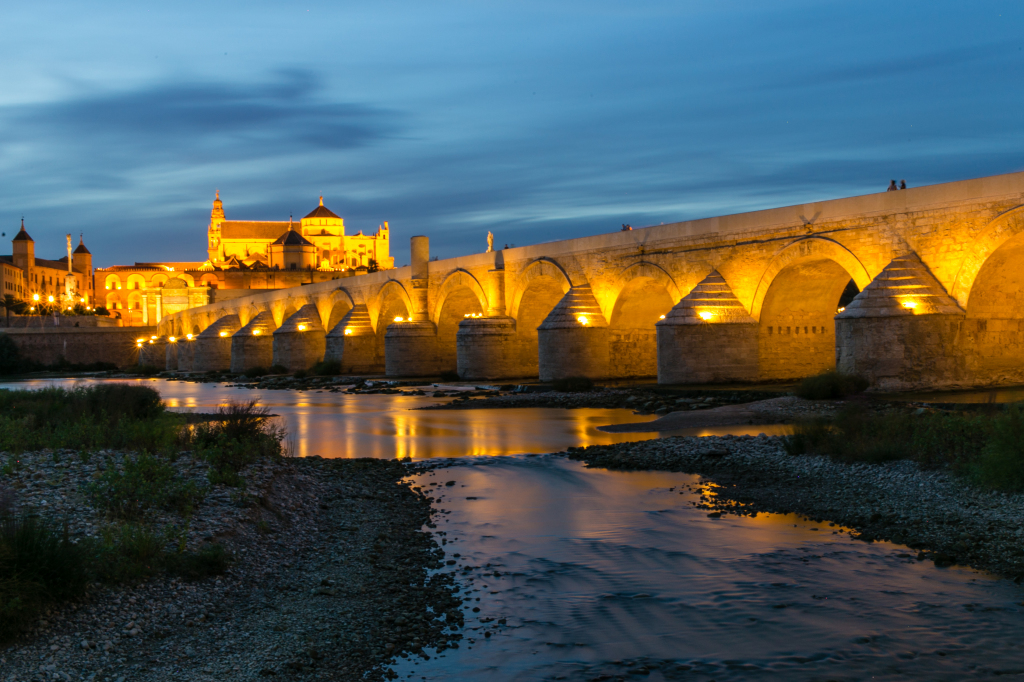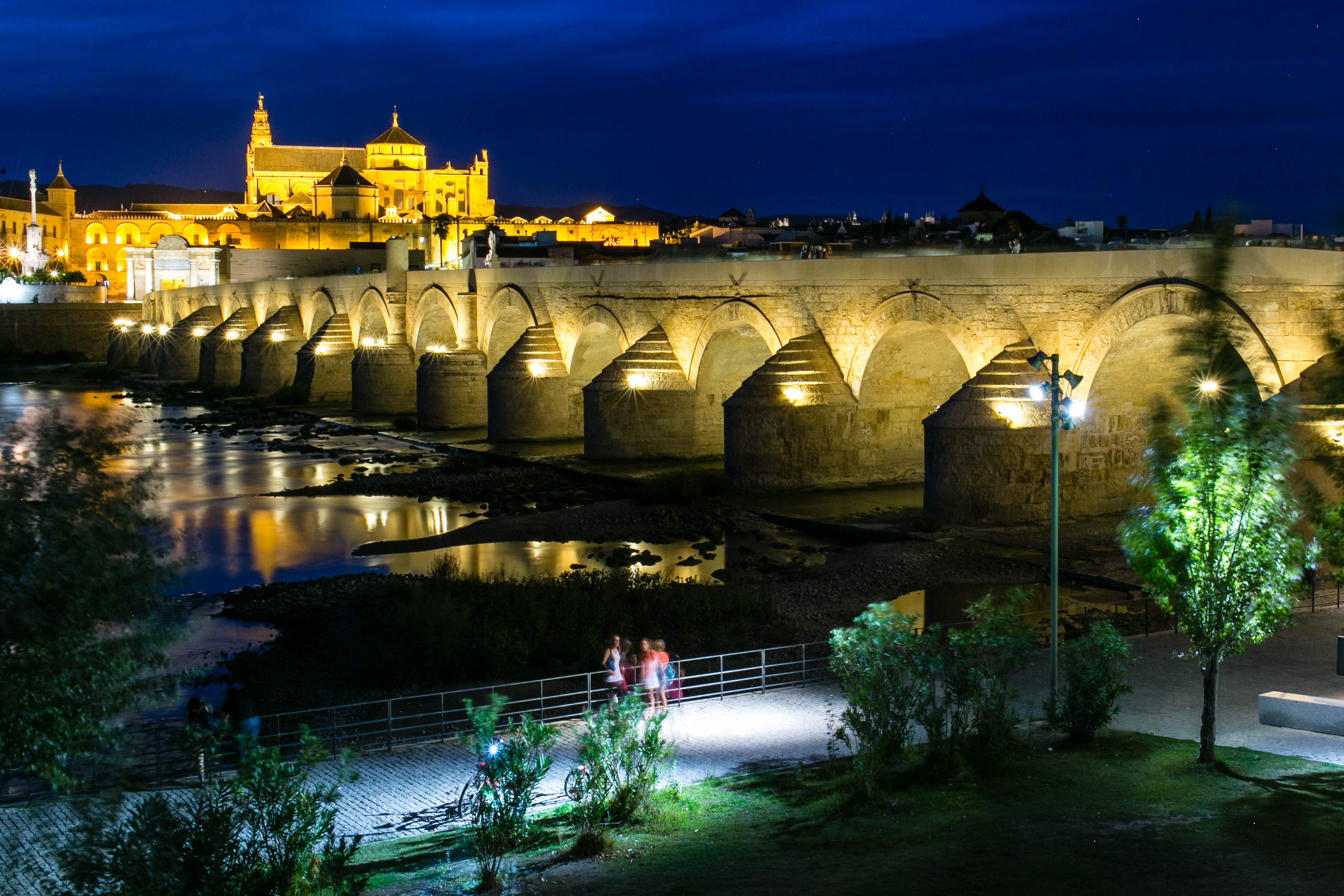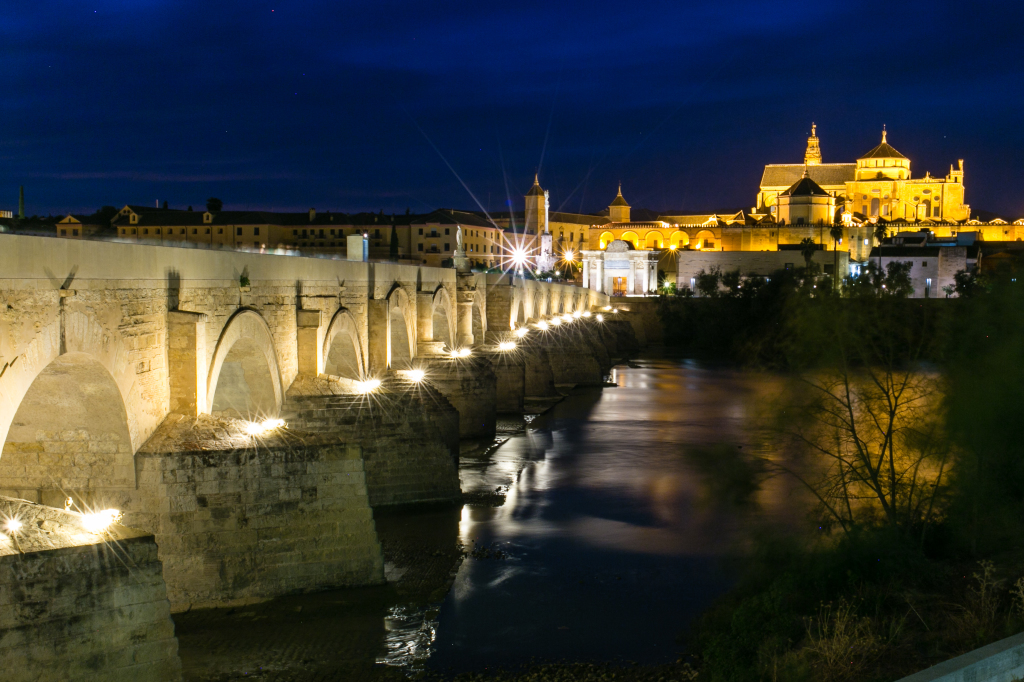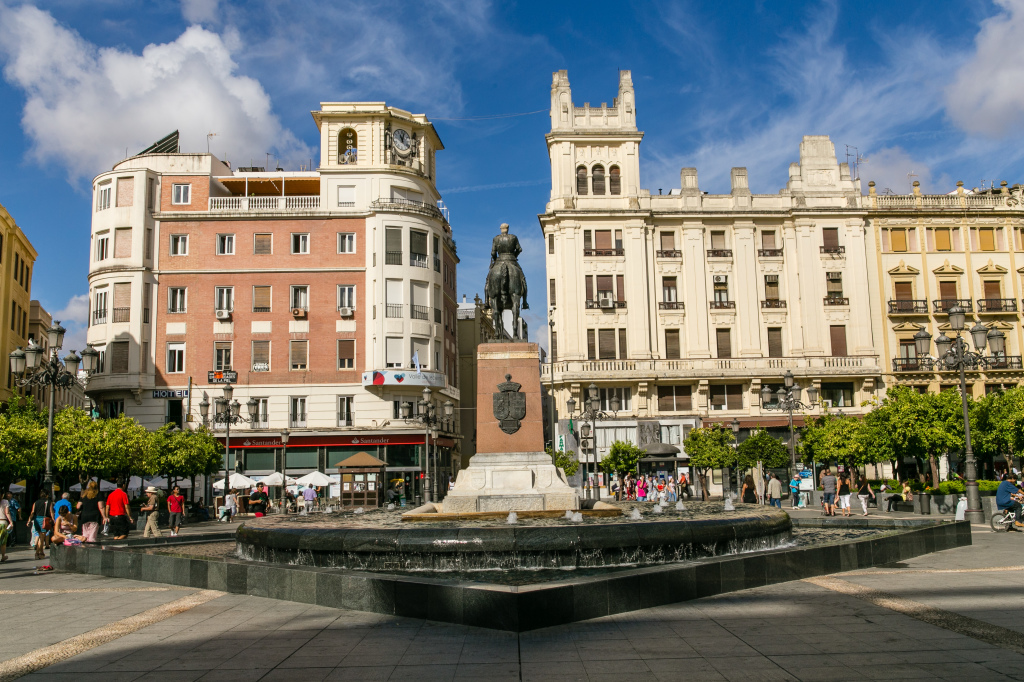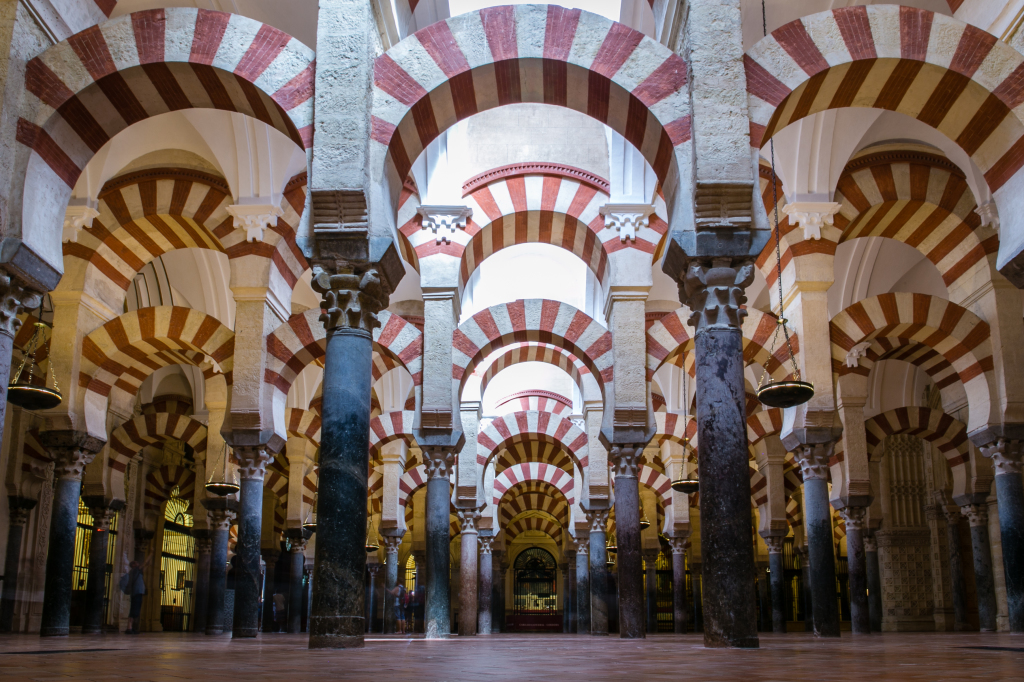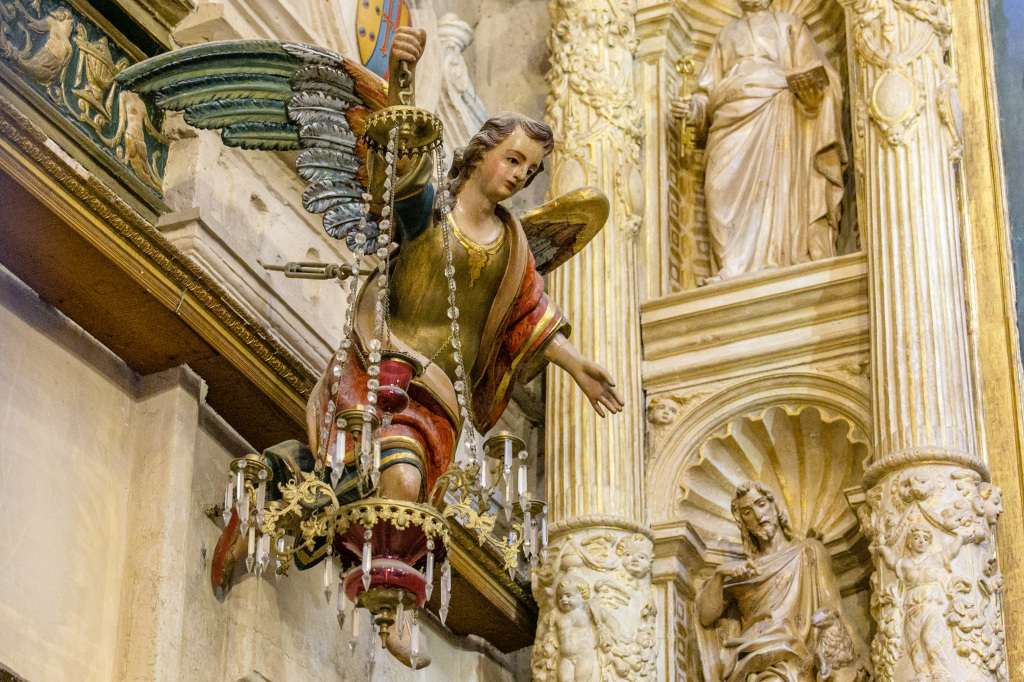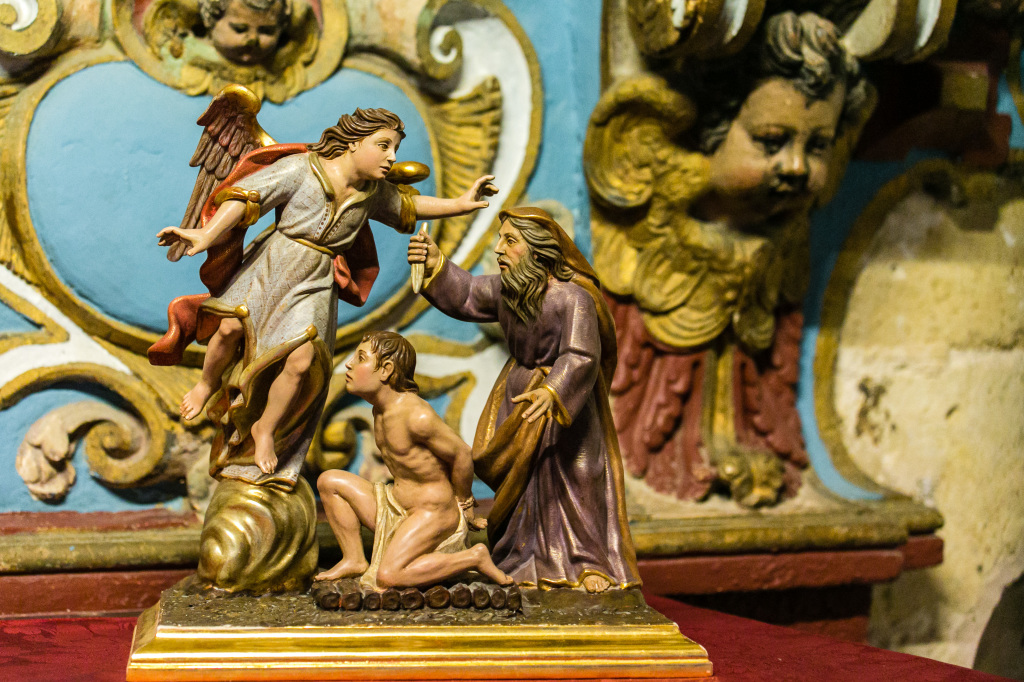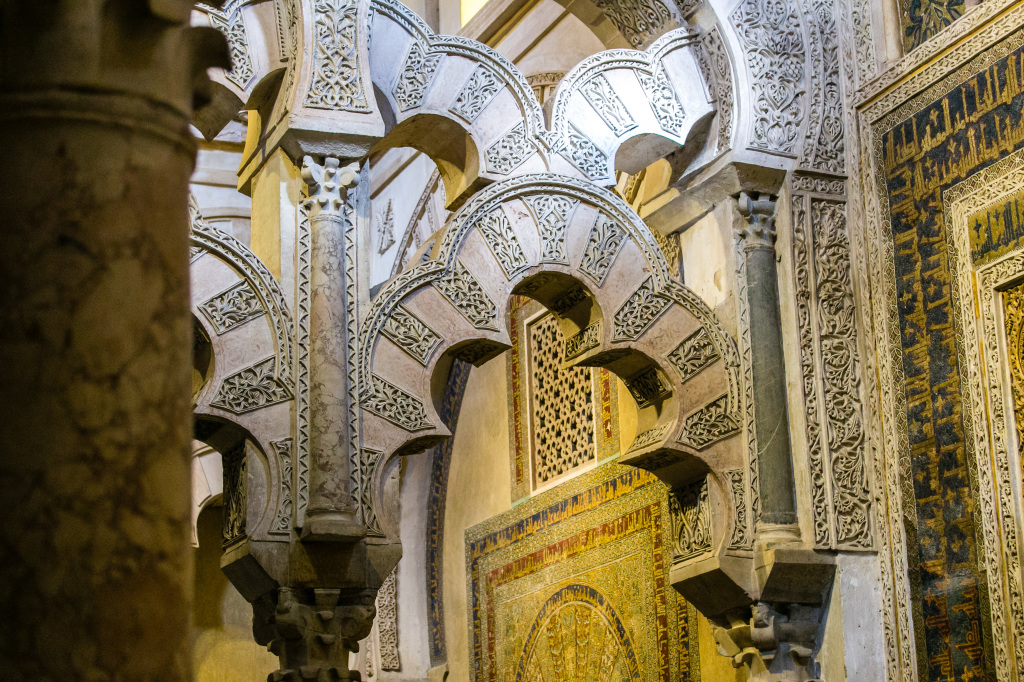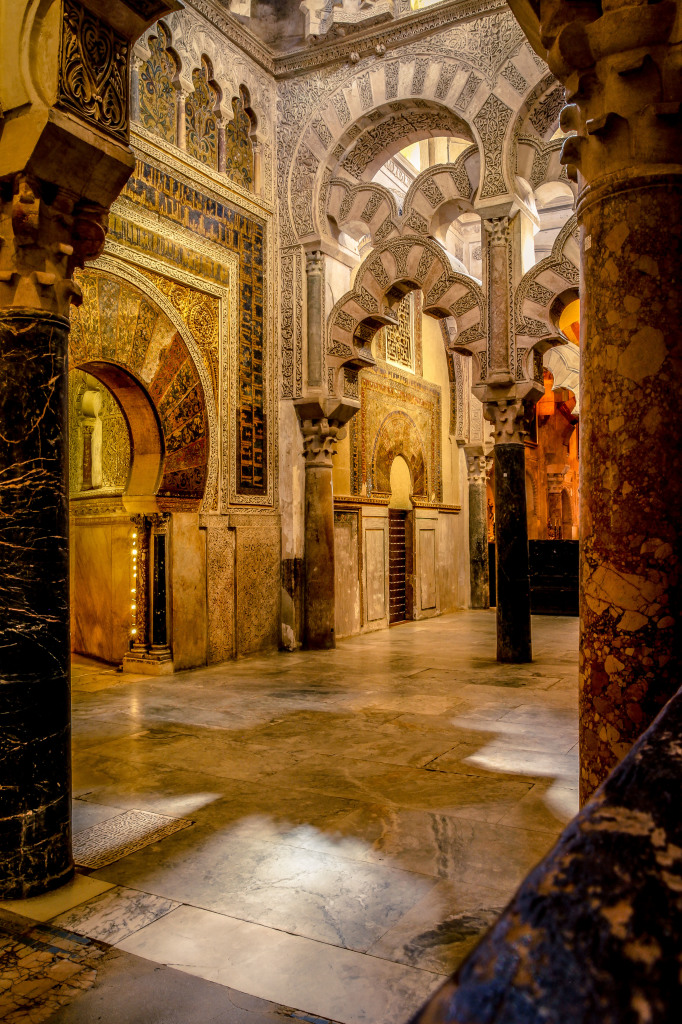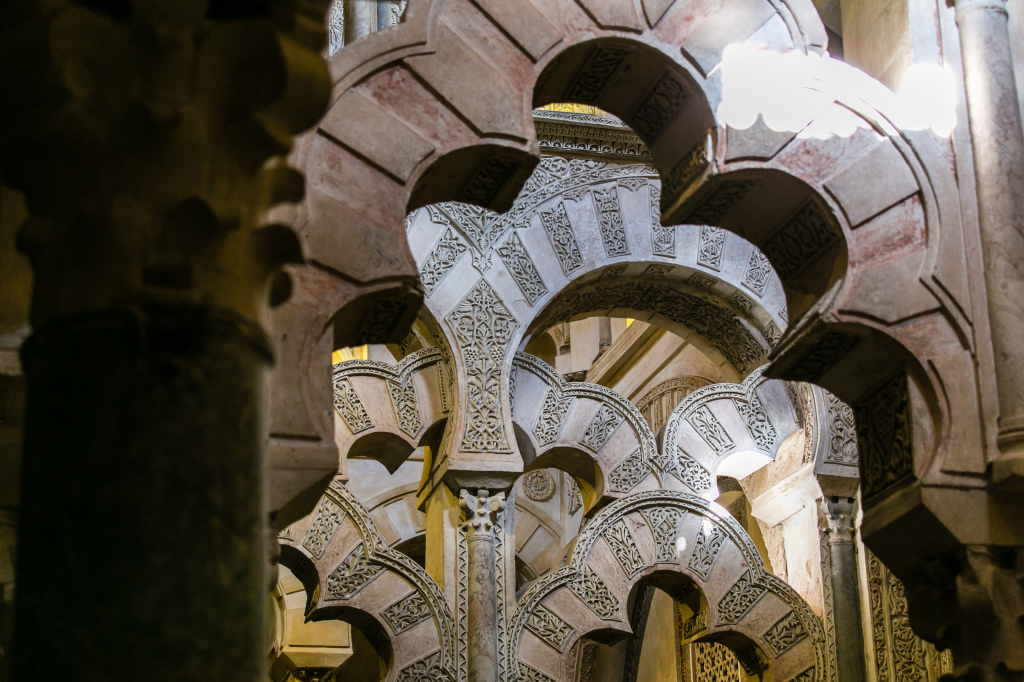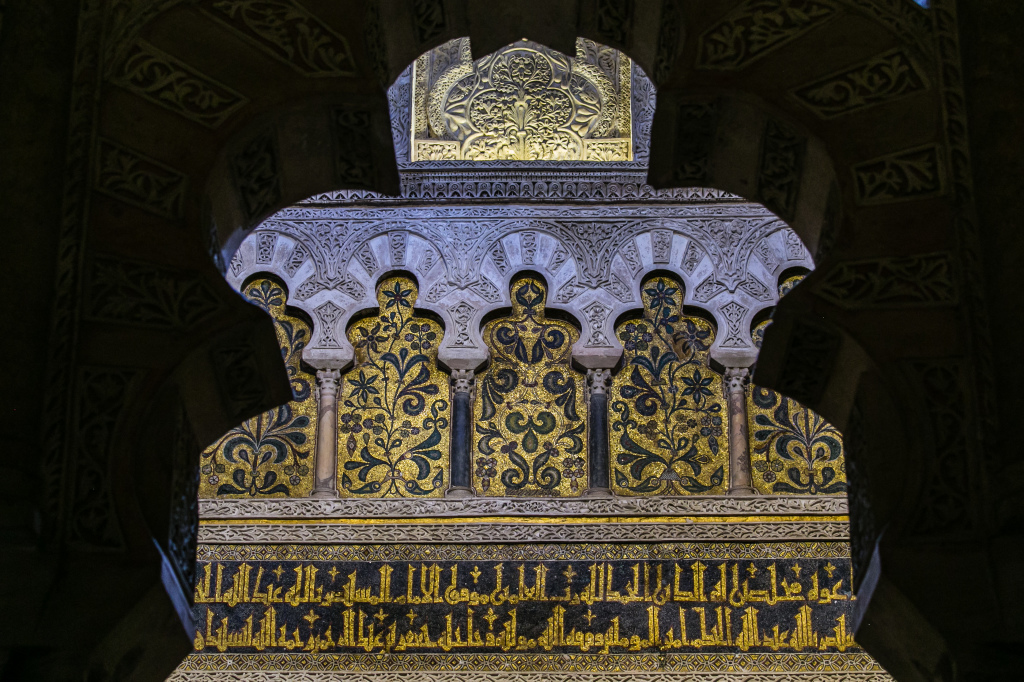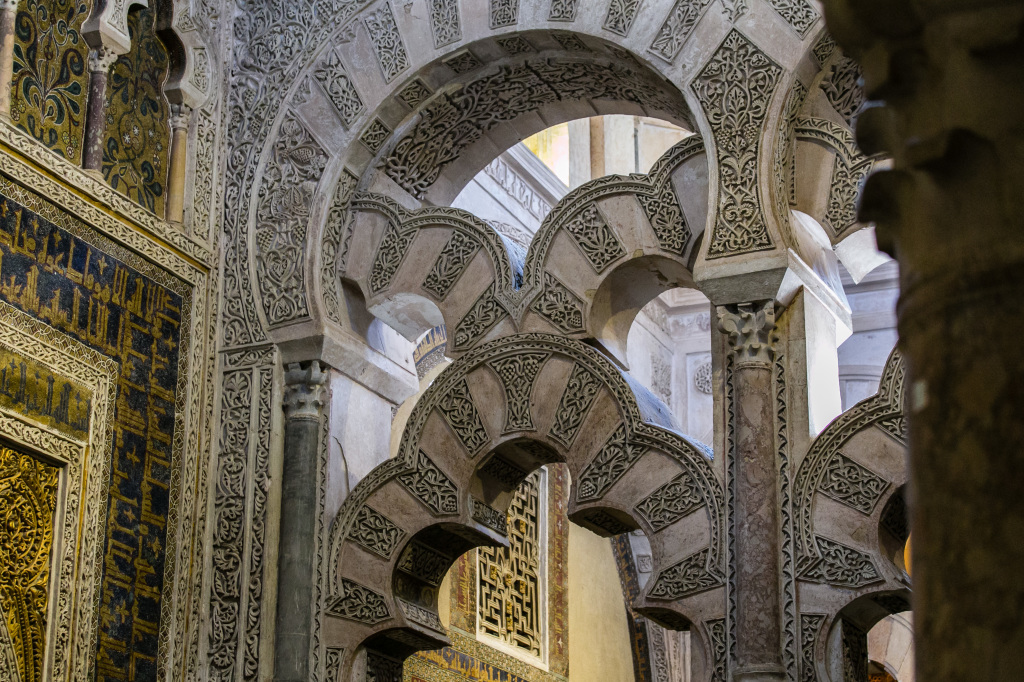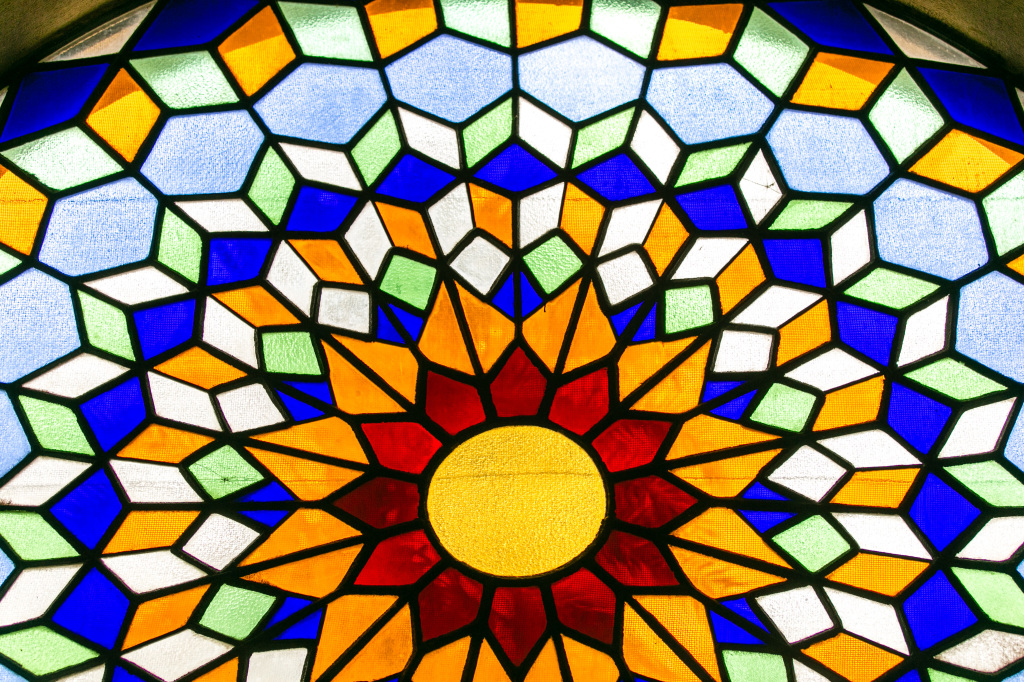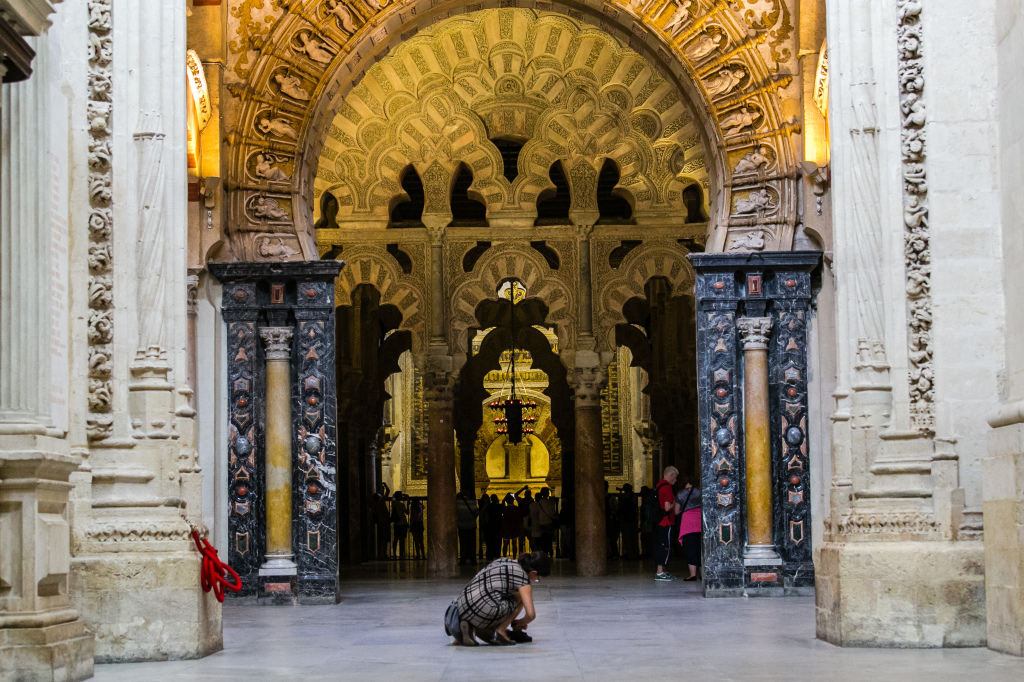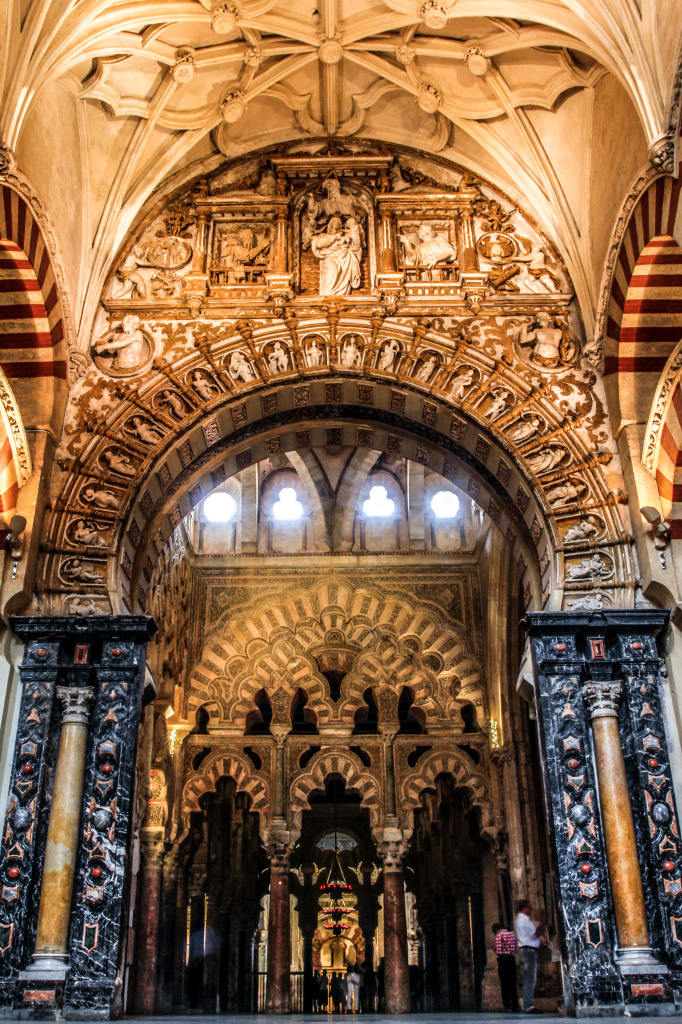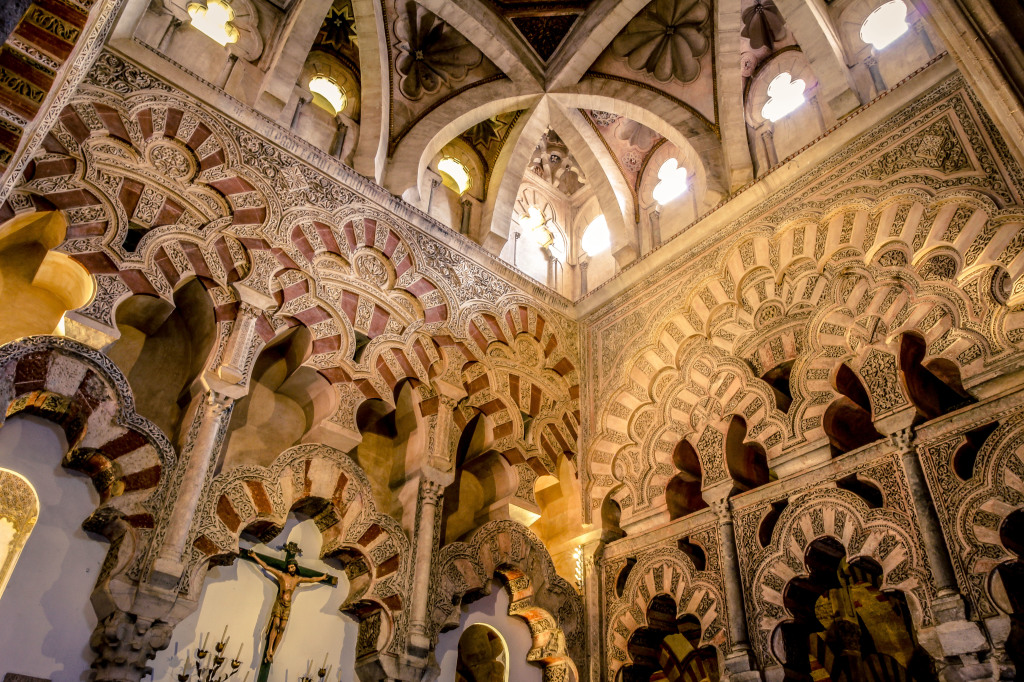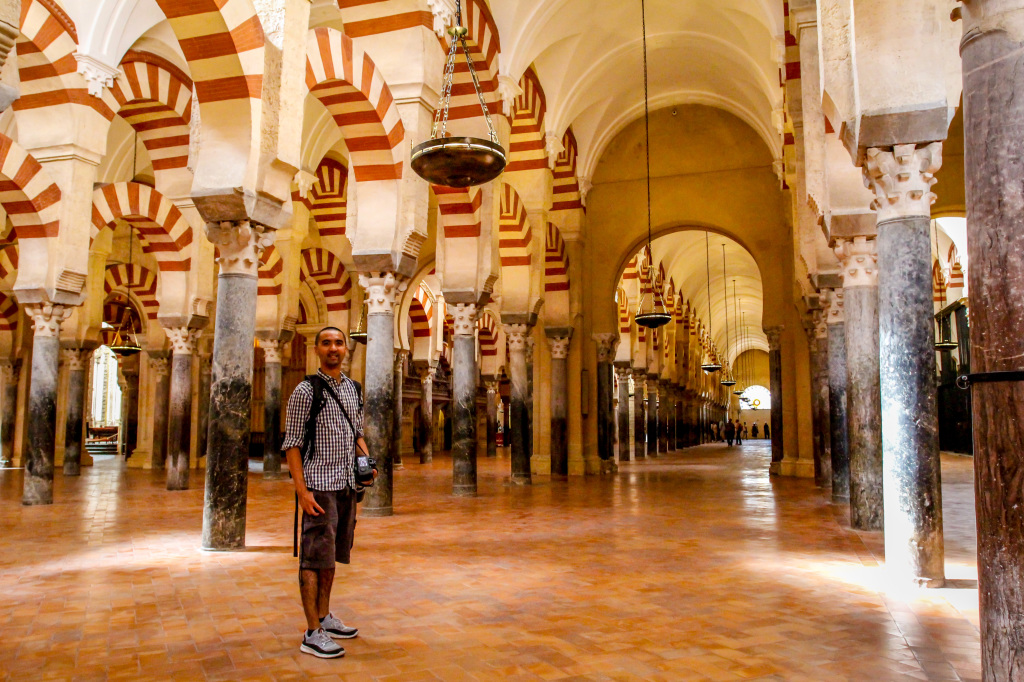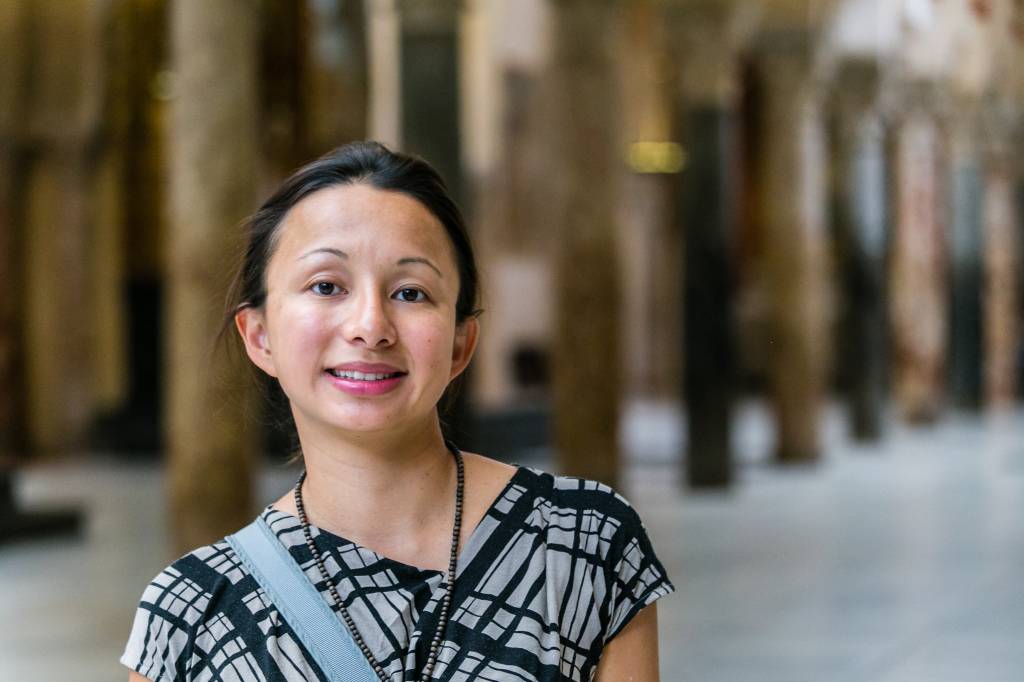Córdoba is a small quaint city in between Seville and Granada in the south of Spain. It’s usually a day trip for most tourist passing through the area. Glad we were able to stay a few more days to get to know it better. It has a lot of layers during it’s long history, much like its main landmark the Mezquita de Córdoba. It started out as a Christian church and then became a Muslim mosque and now it’s Cathedral of the Catholic church once again.
The city really embraces Spain’s Siesta traditions, it literally turns into a ghost town in the afternoon and comes back alive once again in the evening. Dinner starts roughly around 9:00pm. Some local dishes to definitely try are deep fried honey glazed eggplants, who knew eggplants can be so delicious. Also the Flamenquin and Rabbo del torro are also worth trying. The local craft beers are not too shabby either.
Also called Cordova is a city in Andalusia, southern Spain was the capital of the Islamic Emirate and then Caliphate of Córdoba, including most of the Iberian Peninsula.
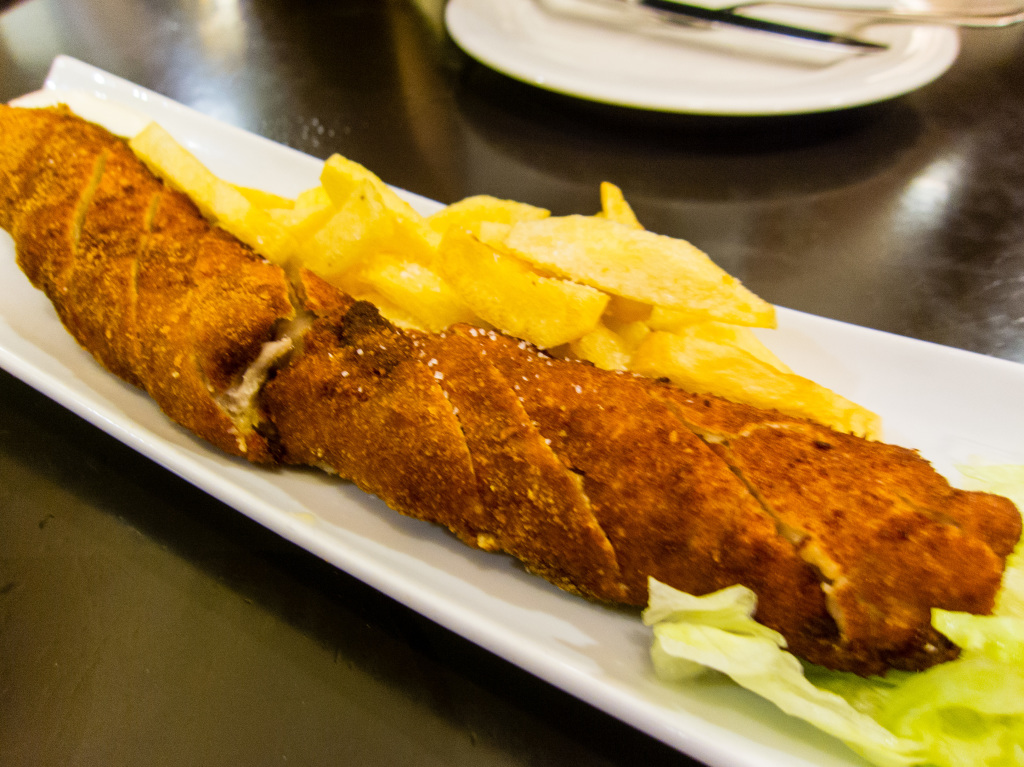
The flamenquín consists of pieces of pork loin wrapped with slices of jamón serrano, coated with breadcrumbs and egg and then deep-fried.
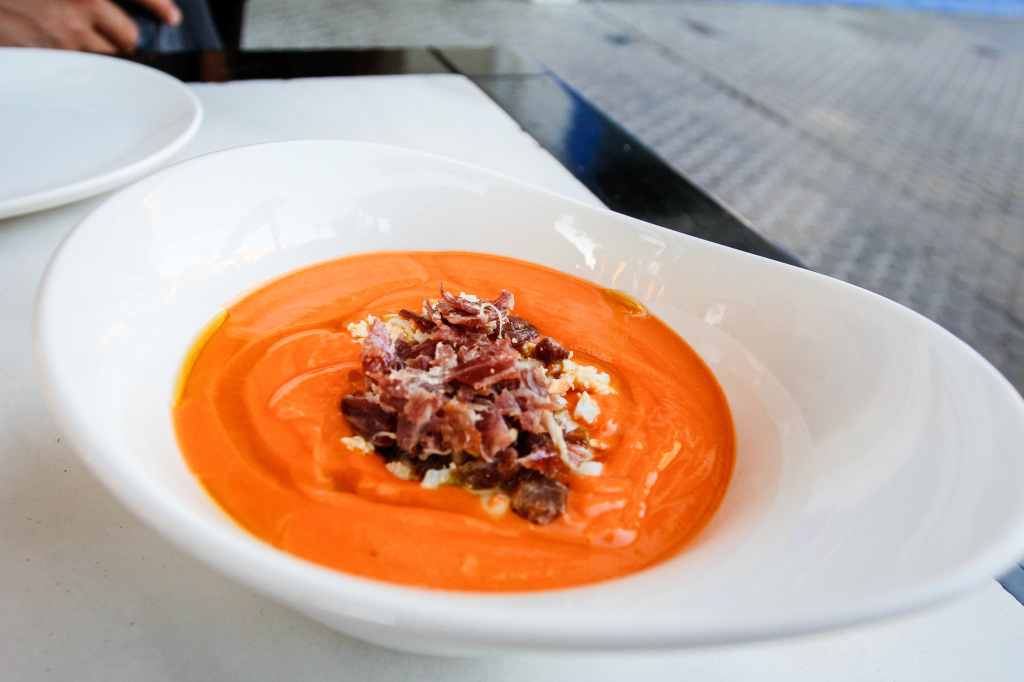
Salmorejo is a purée consisting of tomato and bread, originating from Cordoba in Andalusia, south Spain. It is made from tomatoes, bread, oil, garlic and vinegar. Normally, the tomatoes are skinned and then puréed with the other ingredients. The purée is served cold and may be garnished with diced Spanish serrano ham and diced hard-boiled eggs.
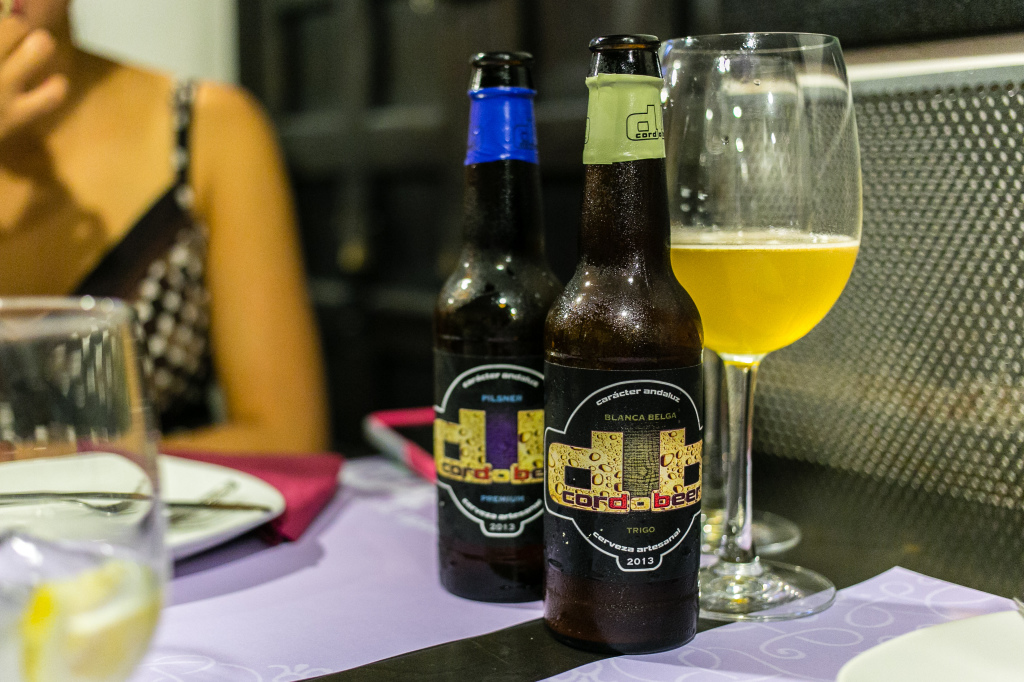
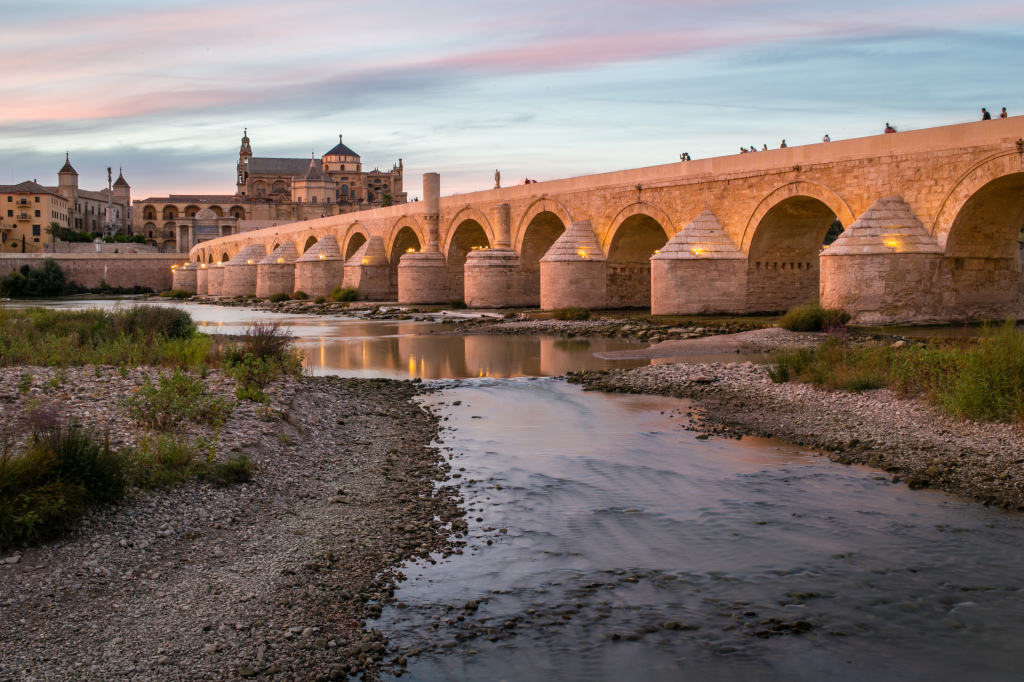
The bridge was built by the Romans in the early 1st century BC, perhaps replacing a previous one in wood.
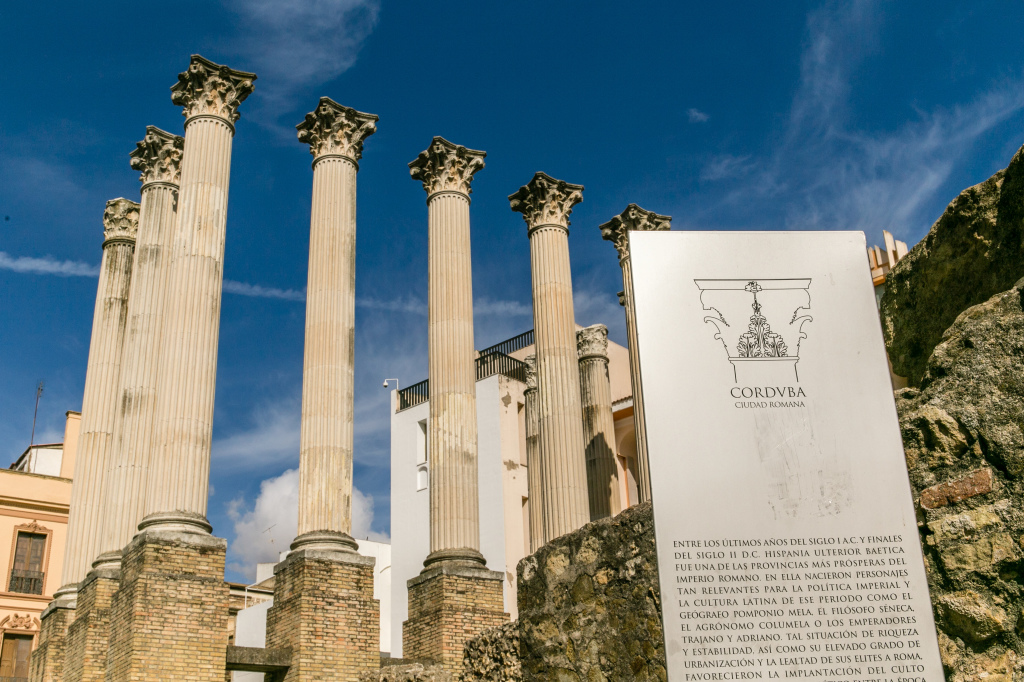
Roman temple of Córdoba – The Spanish city of Córdoba has the remains of a Roman temple, which was discovered in the 1950s during the expansion of City Hall.
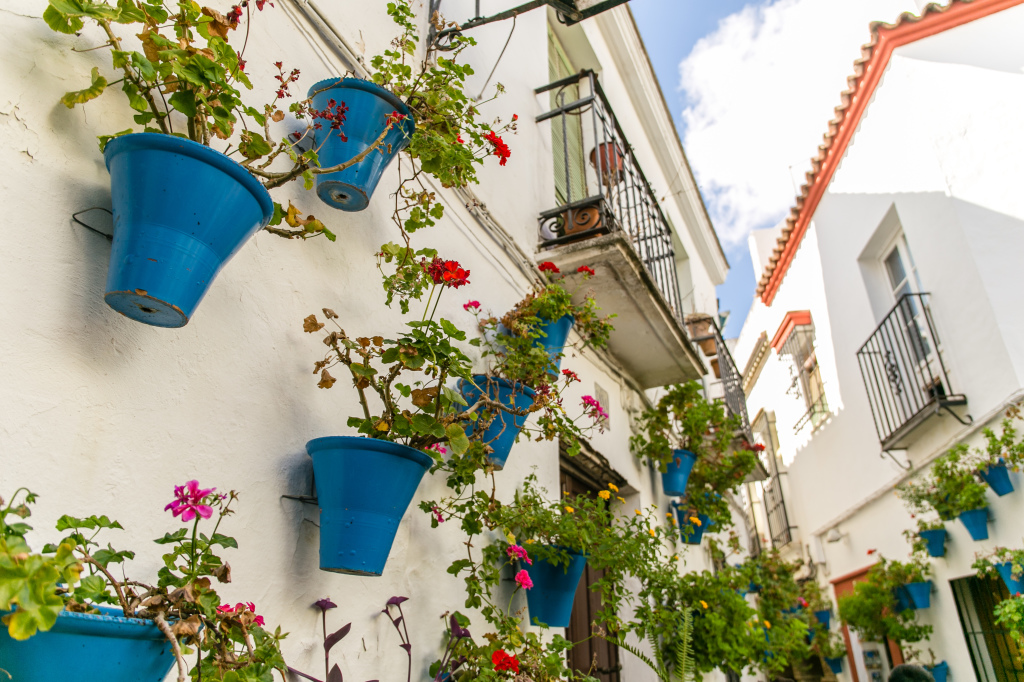
CALLEJON DE LAS FLORES – This small but well-known street is the most photographed street in Cordoba.
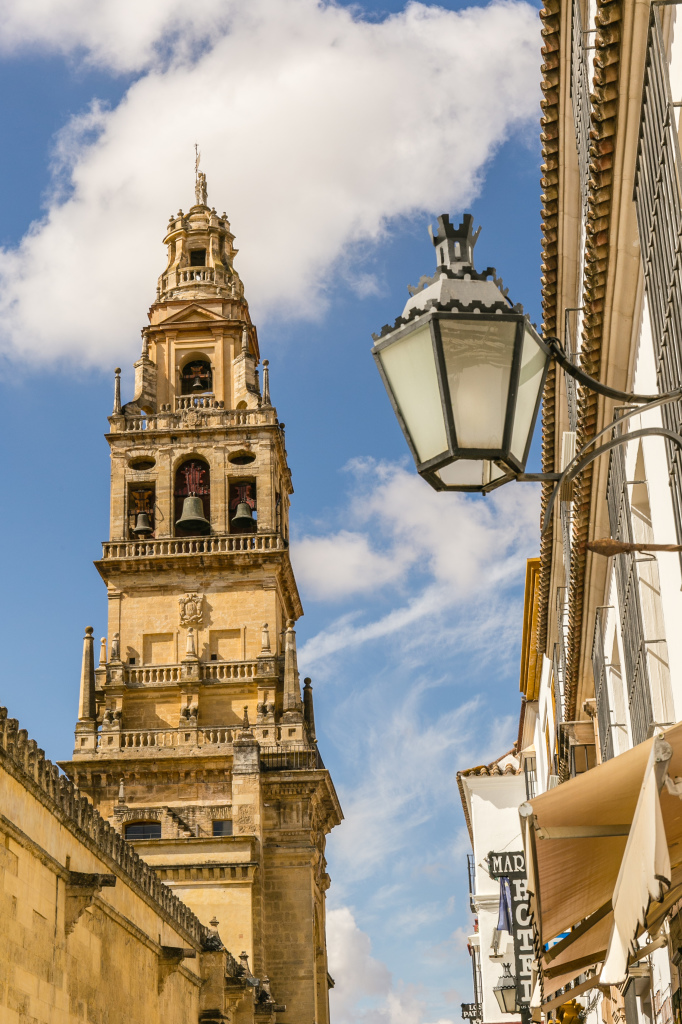
The Mosque-cathedral of Córdoba
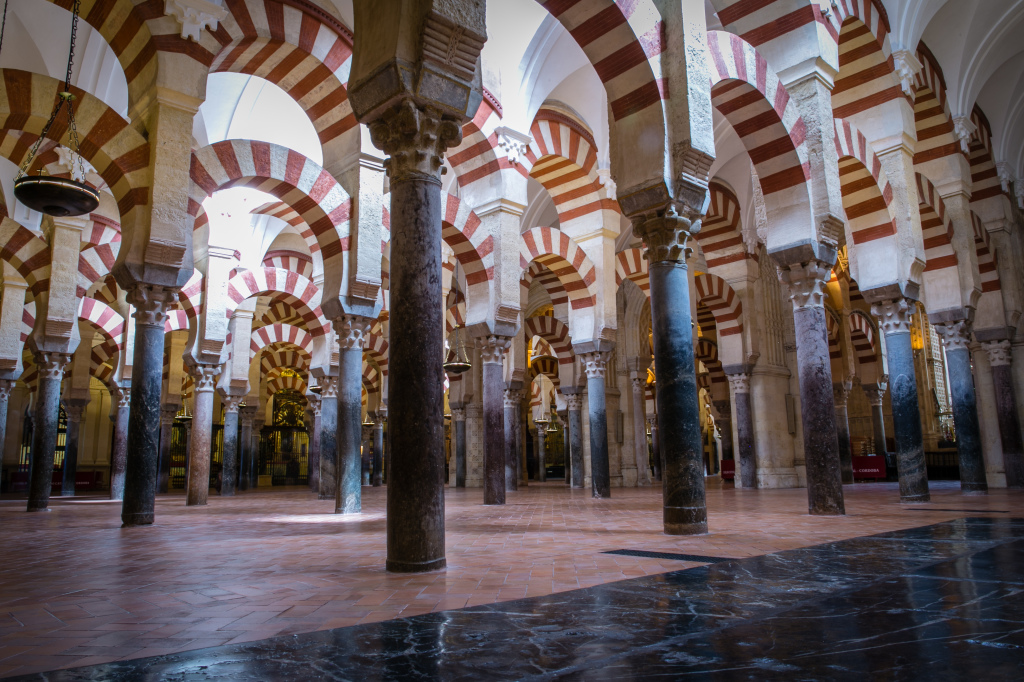
MEZQUITA – It originally was a Catholic Christian church built by the Visigoths, although it was later converted to an Islamic mosque in the Middle Ages. After the Reconquista, it was made a Catholic Christian church once again. The cathedral is regarded as one of the most accomplished monuments of Moorish architecture.
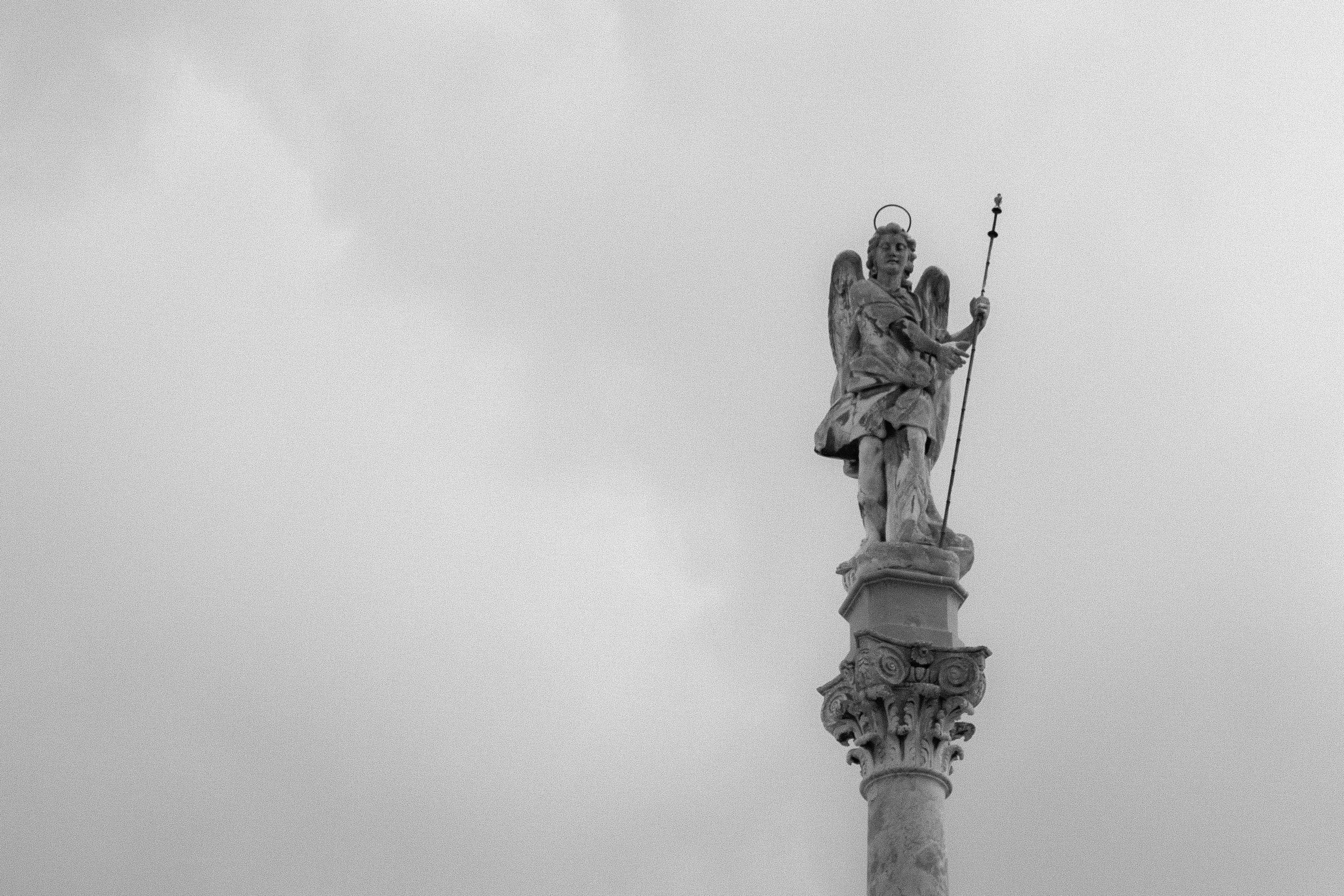
Scattered throughout the city are ten statues of Archangel Raphael, protector and custodian of the city. Raphael is also Cordoba’s most popular name for boys.
